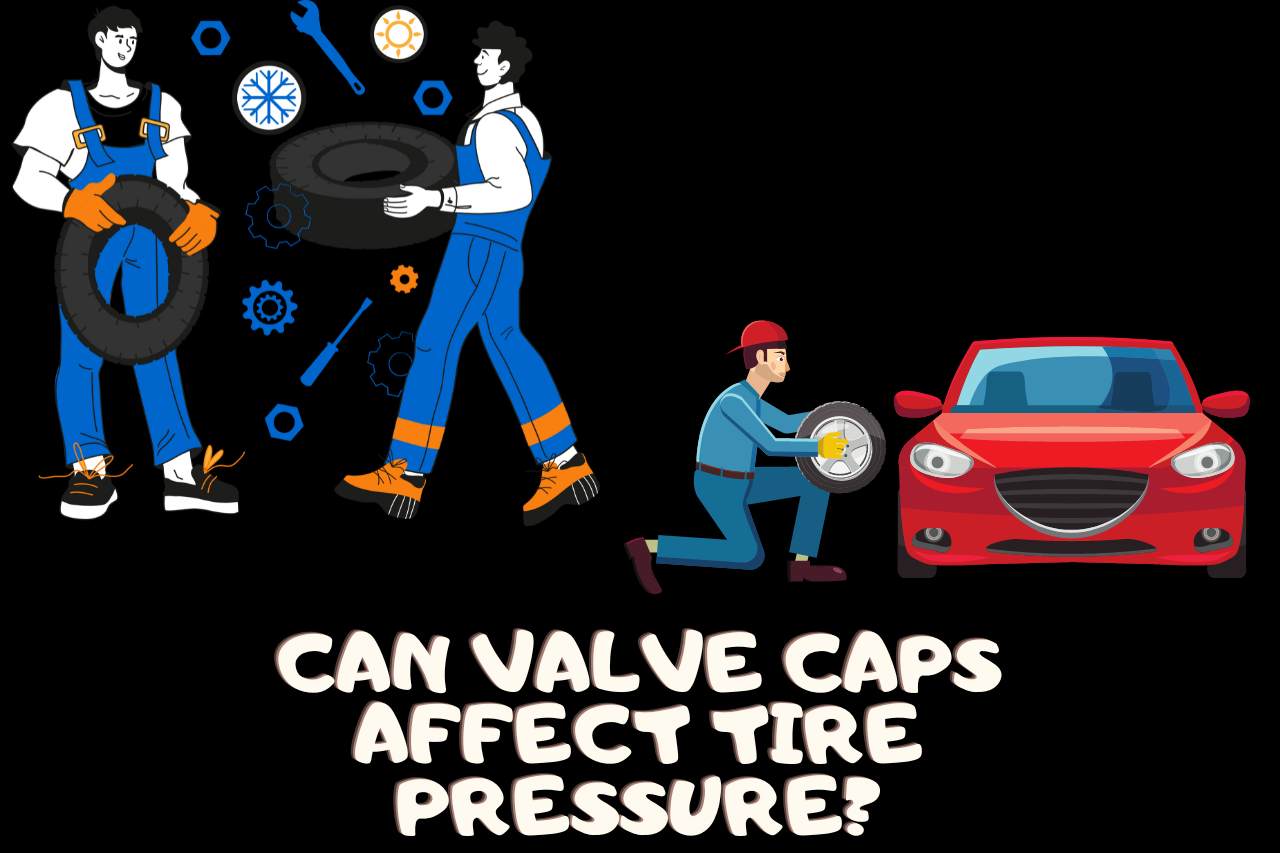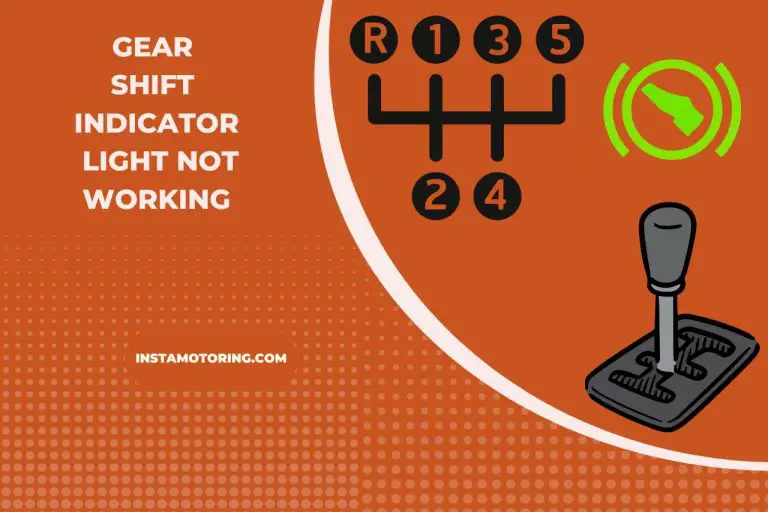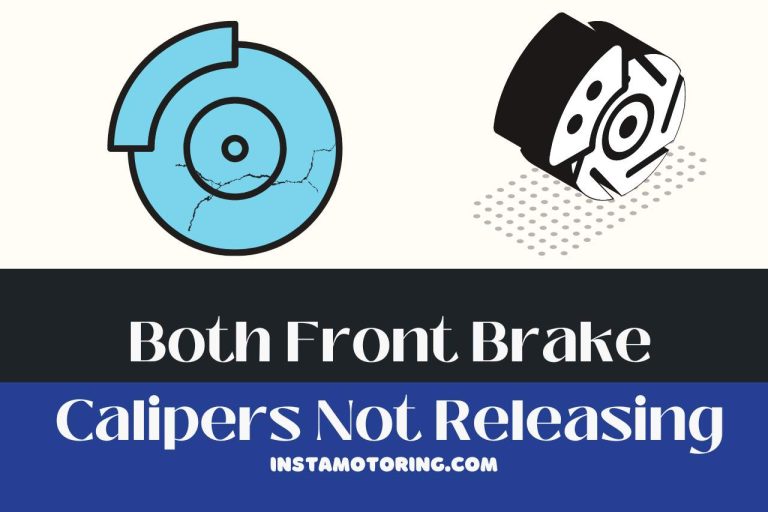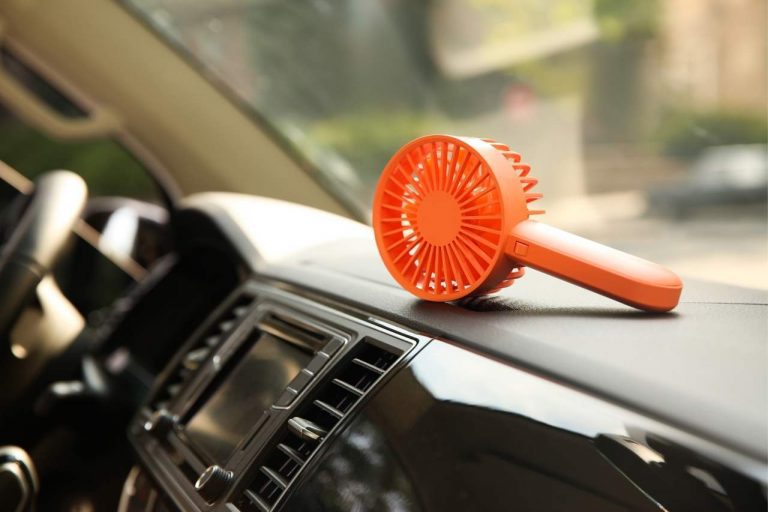Do you Need Tire Valve Caps? Don’t Overlook this Small Detail!
Have you ever wondered if the valve caps on your car tires serve a functional purpose or are only decorative? The answer is that putting valve caps on your tires is essential for your car’s safety. This article will discuss the significance of tire valve caps, how they can enhance your car’s performance, and what to do if they disappear.
What are Tire Valve Caps?
Tire valve caps are small covers that fit over a tire’s stem. They are designed to protect the valve from debris like dirt and dust that can damage or obstruct it.
They frequently contain rubber, metal, or plastic. Another reason tire valve caps are essential for preserving tire pressure is to prevent air from leaking through the valve stem.
This is especially important for vehicles with tire pressure monitoring systems (TPMS), which require accurate tire pressure measurements to function properly.
Why are Tire Valve Caps Important?
- They prevent dirt, dust, and other particles from entering the valve stem and potentially damaging or clogging it. A decreased tire pressure from a blocked or broken valve may affect the vehicle’s control and safety.
- They help maintain steady tire pressure by preventing air from escaping via the valve stem. Even a small amount of air loss over time can cause tire pressure to drop, decreasing fuel efficiency and hasten tire wear.
- They serve as a seal to prevent contaminants like moisture from penetrating the tire and corroding the rim or valve assembly.
- They can visually assess how securely the valve stem is fastened. The valve stem may not be tightly fixed if the cap is missing or unsecured, which could cause air leakage or other issues.
- Generally speaking, tire valve caps are a straightforward but crucial part of a car’s tire system that helps maintain appropriate tire pressure and guard against tire and valve stem damage.
Do All Tires Need Valve Caps?
All tires should have valve caps even though they are not legally required. The tire pressure is maintained, moisture is prevented from entering the tire, and dirt, dust, and debris are prevented from entering the valve stem thanks to the valve caps, as was previously mentioned, among other crucial tasks performed by them.
Without valve caps, the valve stem is left exposed to the elements and is more likely to corrode or clog, which might lower tire pressure or lead to a flat tire. Furthermore, the absence of valve caps can enable air to leak through the valve stem, gradually lowering tire pressure.
Valve caps are cheap, simple to install, and available in a wide range of colours and styles, making it easy to personalize your car’s appearance.
To protect your safety and extend the life of your tires, it is a good idea to ensure that all of your tires are equipped with valve covers.
What Happens If you Don’t Use Tire Valve Caps?
Tire valve covers are essential for retaining the proper tire pressure, preventing moisture and dirt from entering the valve stem, and maintaining a clean, debris-free valve core. When valve caps are missing, the valve stem is exposed to the environment, which could cause a variety of problems, such as:
- Valve caps provide an airtight seal that prevents air loss from your tires. Without them, you may experience gradual air leaks, resulting in underinflated tires and reduced fuel efficiency.
- Dust, dirt, and other substances that gather on the valve stem may destroy the valve cores or interfere with your tire pressure monitoring system (TPMS).
- Salt and moisture can accumulate on the valve stem and corrode the valve core, leading to air leakage and tire damage.
- In extreme cases, a missing valve cap may allow debris to enter the valve stem, leading to a dangerous blowout while driving.
- To protect your tires, ensure their maximum performance, and secure your safety, it is essential to use tire valve caps.



Can Valve Caps Affect Tire Pressure?
Valve caps are essential for helping to maintain tires at the proper pressure over time, even though they don’t significantly affect tire pressure on their own.
One of the primary explanations for its importance is that valve caps prevent air from leaking from the tire through the valve stem.
An airtight seal created by a properly fitted valve cover, which stops air from escaping, keeps the pressure of the tire constant.
The use of valve caps also helps to prevent the ingress of debris, dirt, and moisture into the valve stem, which can damage the valve core and cause air leaks or pressure loss.
How to Choose the Right Valve Caps for your Tires?
- One of the two fundamental types of valve stems is Presta valves, which are generally used on bicycles but can also be found on cars, trucks, and motorcycles. Select valve caps specifically designed to fit the type of valve stem on your tires.
- Valve caps can be made from various materials, including rubber, plastic, metal, and others. Although plastic caps are lighter and less expensive than metal caps, they cannot last as long. Metal caps are sometimes more trustworthy than plastic caps, despite being heavier and more prone to corrosion. Rubber caps can offer a tight seal and are adjustable, but they might not last as long as alternative materials.
- There are many different styles of valve caps, from simple ones to elaborate ones with logos or designs. The design may not affect the valve cap’s work, but it might offer your car a distinctive appearance.
- Choose valve caps from brands with a high reputation to ensure they meet performance and durability standards.
- Although it is not a practical concern, choosing valve covers in a bright colour can make it easier to notice and check your tire pressure.
How to Install Valve Caps on your Tires?
Follow these easy procedures to quickly and effectively put valve caps on your tires:
- Ensure that your tires are cold and not hot after driving. The risk of the valve stem being damaged or bent during installation will be reduced.
- Remove the old valve cap from the valve stem if it is still attached.
- Look for signs of wear or degradation on the valve stem, such as rust or cracks. If the valve stem is harmed, have a professional replace it.
- Take a look at the replacement valve cap for any defects or damage. Verify that the sort is suitable for your valve stem.
- Placing the valve cap over the valve stem and turning it clockwise will secure it. Avoid overtightening the cap to prevent damaging the valve stem or making it impossible to remove in the future.
- Each tire should be treated the same way.
After all the valve caps have been installed, use a tire pressure gauge to check the tire pressure to ensure the tires are properly filled, and the valve caps create a tight seal. In conclusion, fitting valve caps to your tires is a simple and quick procedure that can help keep them secure and inflated properly. Be sure to choose the appropriate valve cap for your valve stem, check for rust, and refrain from overtightening the cap during installation.
Watch this video,
Video Credits – Sumukh Torgalkar
You May Also Like
- Can You Drive with a Boot On Your Right Foot? Let’s Find Out
- How to Remove a Stripped Spark Plug? – The Full Explanation!
- Heat Only Works When Driving? Is It Dangerous?



My name is James, I work as an Automotive Designer with 9 years of experience. I also work as a mechanic and vehicle inspector. I love deciphering complicated car exteriors and interiors and resolving fluid and oil troubles. InstaMotoring.com is here to help you troubleshoot your car with dependable and expert help.






